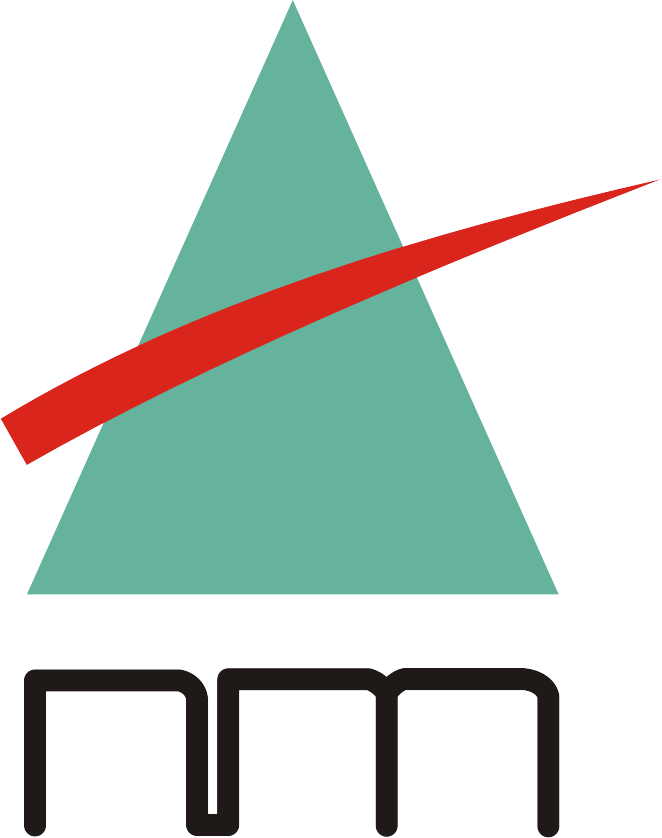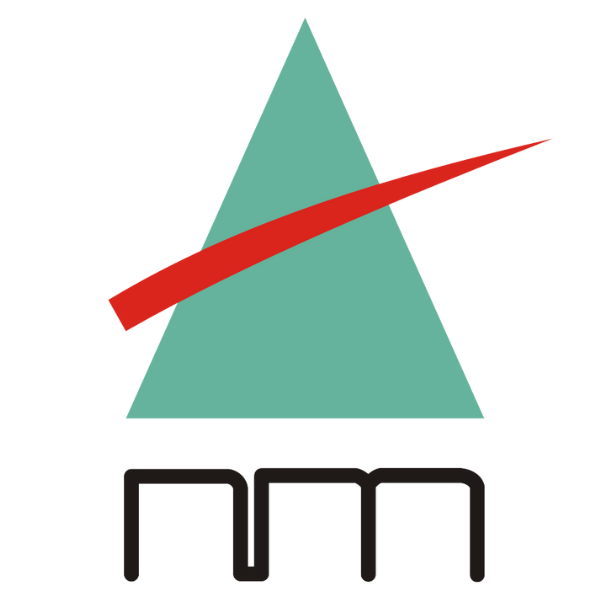Organizational Intervention in a Steel Unit
Success stories that created impact in the last 25 years
Organizations can be understood from several different angles, but a common management perspective is to start in a very pragmatic way, it’s an entity in the world that can be observed, studied and managed. Specific parts and pieces of the organization—its levels of administration, work distribution, paperwork processes, and so on—are also things that can be studied. By understanding how these structures and processes work, one can discover the most effective methods of achieving managerial goals.
The road map analogy that introduced this report comes from understanding the background of the Integrated Steel Company surveyed. The pilot study examines present status of identified as well, as hidden issues that are hindrance in improving the effectiveness of the Steel division. The tools and techniques used to measure the key issues are survey feedback and process consultation. These are the tool for assessing attitudes, held by the unit members, identifying discrepancies among members’ perceptions, and solving these differences.
Organizational Intervention in a Steel Unit
The need of conducting this study aroused based on the input of a brainstorming session with the heads of steel division and the management. During the brainstorming session some issues emerged at steel division as Lack of sense of belongingness, Communication gap, Attitude Problem, Lack of coordination among various sections, Employees perception on their roles and responsibilities, Resource non-utilization and Poor housekeeping.
Data is collected through structured questionnaires designed for supervisors and workmen covering 20% of the total employee. Floor visit is done to collect information and Photographs taken for physical observations. Individual interaction is done with departmental heads and supervisors to collect their feedback. The outcome is analyzed using statistical tools and techniques. The issues were unleashed and suitable suggestions were given on the basis of Employees voice and Expert opinion on Safety, Health and contractual worker issues, in order to improve the culture and bridge the gap between the present status and the best industry practices.

